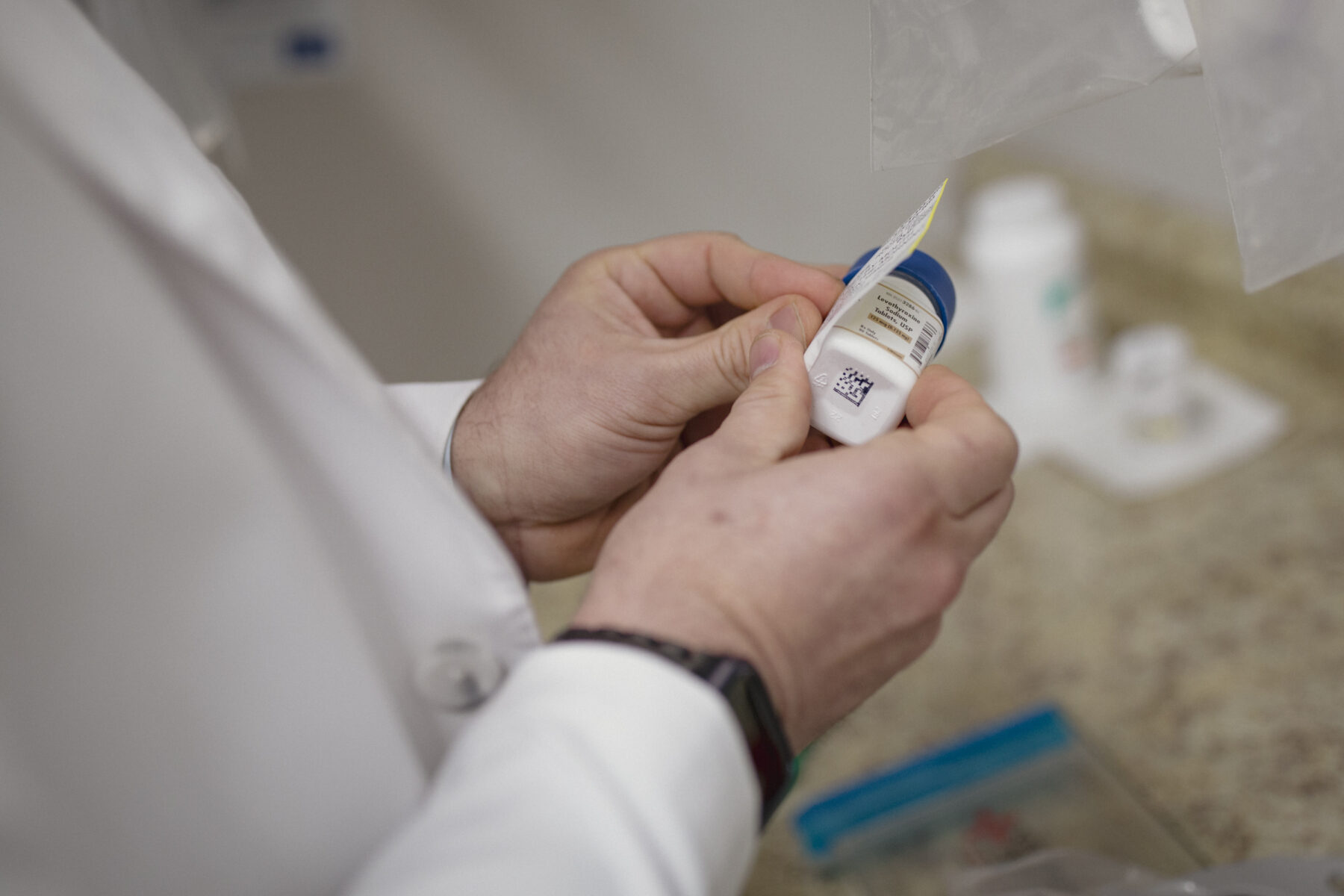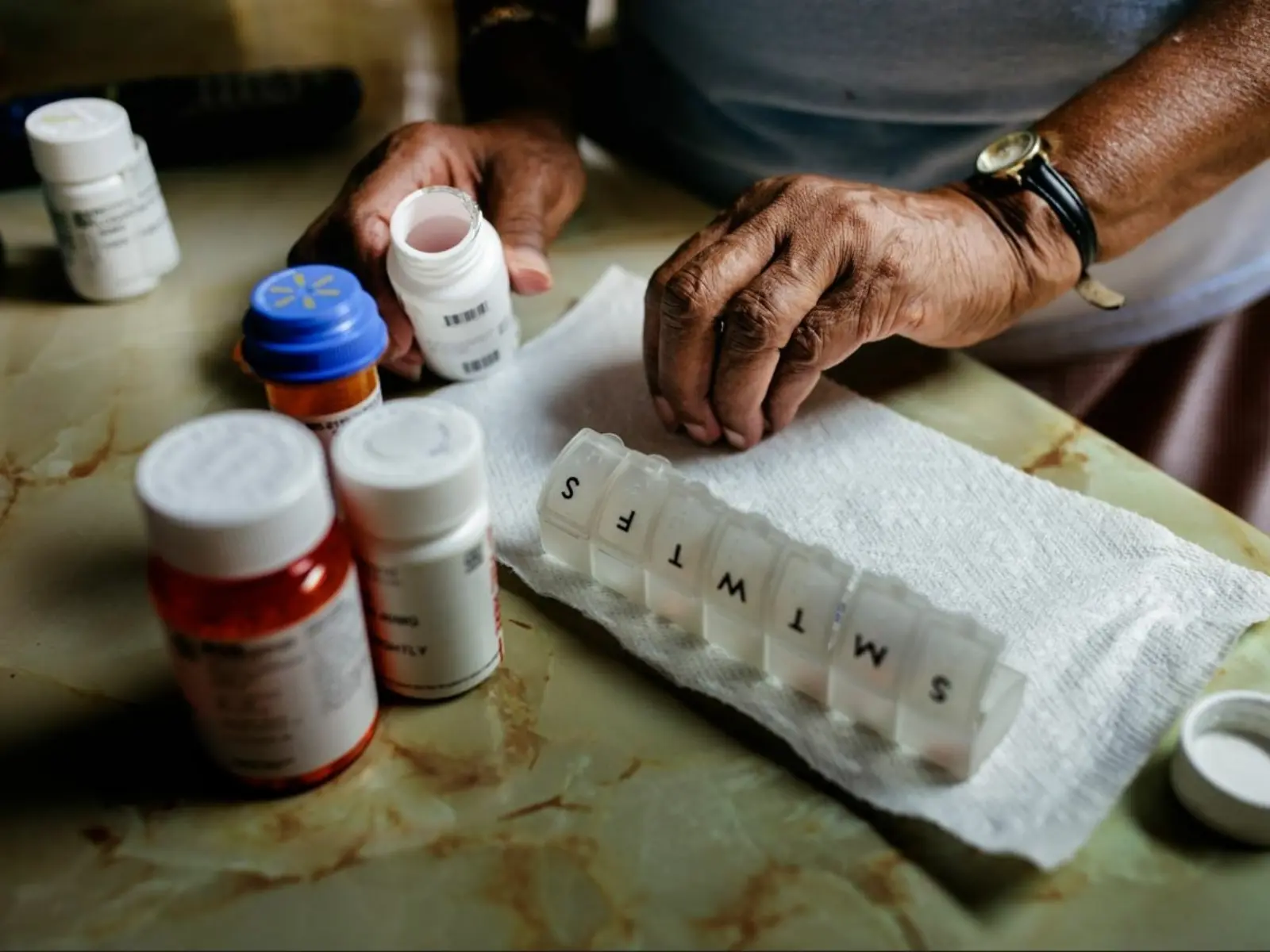Anna Anderson-Cook contributed to this report.
Brand-name prescription drug list prices are high and growing significantly faster than inflation, though this is sometimes dismissed as being irrelevant due to the difference in the prices that plans pay after rebates are negotiated with pharmaceutical manufacturers — known as net prices. Prescription drug affordability is an issue that is top of mind for patients, taxpayers, and employers, and lawmakers are working to adopt measures to lower brand-name drug prices to address growing public concern. However, there is a lack of transparency into what net prices actually are.
Ultimately, list prices and net prices are both important components of the affordability issue. List prices directly affect how much many patients pay for brand drugs at the pharmacy counter, including those insured under Medicare Part D. Net prices are largely unknown.
List Prices
Though list prices are not what health plans and federal programs ultimately pay for drugs, dismissing list prices as irrelevant is misguided. The copayments that consumers pay in Medicare Part D and in many commercial plans are based on list prices. That means that growing list prices can lead to higher out-of-pocket costs for many patients. List prices also, more specifically, drive the subsidies that support low-income individuals in Medicare Part D, paid for by taxpayers and in premiums paid by elderly and disabled American beneficiaries.
Importantly, list prices are increasing and growing faster than inflation, and dismissing list prices simply ignores the nearly one-quarter of American adults who ration or choose not to fill their prescriptions because they cannot afford them at the pharmacy counter.
A predictable response — particularly on the part of the manufacturers — is to lower copayment amounts. But simply reducing copayments is actually a boon to manufacturers, allowing them to maintain high prices and increase their revenue. Lower co-payments increase utilization, and although this is good for patients, it ultimately adds expenses to the system. These hidden costs then continue to get built into higher premiums for households, employers, and a higher tax burden for public programs. Lowering financial barriers for patients to drugs is critical but should be coupled with restraints on excessive prices.
Proportion of American adults who ration or choose not to fill their prescriptions because they cannot afford them
Net Prices
Net prices are important drivers of premiums and overall plan spending on prescription drugs. Several recent estimates of net prices for brand-name drugs, based on data from SSR Health and IQVIA, show slow or negative growth in net prices across the whole U.S. market. But these estimates do not reflect what is happening in the commercial market or Medicare Part D. There are important reasons why. First, they include many discounts and rebates that Part D and the commercial market cannot access, such as inflation rebates and other price concessions manufacturers are required by federal law to pay to certain government programs (such as Medicaid), as well as coupon card discounts provided to commercial patients to lower the prices they pay at the pharmacy counter. In addition, they do not capture the effect new brand name drugs launched on the market have on raising average brand name drug price levels over time.
Since net prices are proprietary, the wider research community broadly relies on data sources that provide only an estimate of market-wide net prices. However, several government agencies — including the Congressional Budget Office, the Centers for Medicare and Medicaid Services, MedPAC, and MACPAC — have access to confidential data on the actual rebates paid by manufacturers to Medicare Part D plans. Using these data in their estimates, the Congressional Budget Office and MedPAC have found a relatively robust increase in net prices for brand drugs of more than 7% a year. These independent sources consistently contradict claims in their findings that net prices are not increasing.
Annual increase in net prices for brand drugs, according to the Congressional Budget Office and MedPAC
Reforms are Needed
Without comprehensive reforms, high drug costs for brand-name drugs will continue to grow aggressively over time and burden patients and taxpayers, likely leading to higher cost-sharing and premiums. Although brand-name drugs comprise only 10% of all dispensed prescription drugs in the U.S., they account for more than 80% of drug spending.
Specifically, the Congressional Budget Office and MedPAC findings support the need for an inflation penalty on Medicare Part D purchases that require pharmaceutical companies to reimburse the government when drug prices rise faster than inflation. Although these policies are typically aimed at list prices, these policies also help limit net price growth by holding down the prices of high-cost specialty drugs with limited competition. These findings also support Congress granting Medicare the authority to negotiate the price of drugs directly with manufacturers and developing a comprehensive negotiation framework that further controls drug costs.
To read a more detailed discussion of these estimates and what they mean for reforms, read our article in Health Affairs Forefront.
















